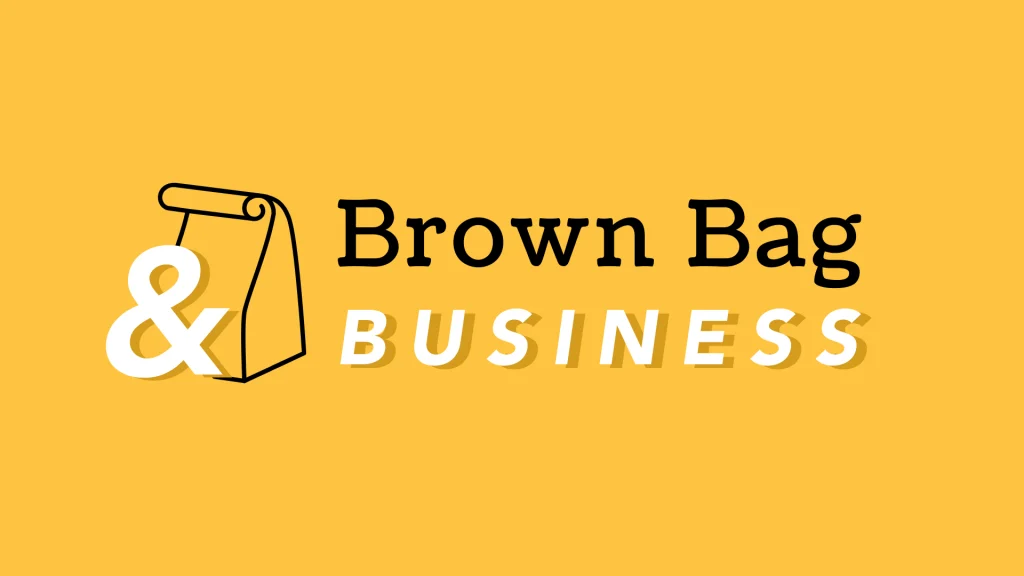What happens when Windows 7 support ends?
On January 14th, 2020, Windows 7 is going to be considered ‘End of Life’ by Microsoft. In the IT world, End of Life is a term describing the end of support for hardware or software products, including security updates, patches, and customer service. Essentially it means the developer will no longer fix flaws or bugs in the software. You can still use the product – but at your own risk. Typically for most instances, this is not a big deal, but when it comes to operating systems, this can be a major concern. Microsoft is constantly releasing updates for their operating systems in the form of Windows Updates, to address things such as security and performance issues, as well as bugs and minor issues.
How Does this Impact my Business?
The end of life for operating systems can be a significant challenge for businesses, especially those with a large number of desktops and laptops running the same operating systems. Even more so with Windows 7 as the number of computers that businesses have replaced on a regular basis has been dwindling due to more reliable hardware and software. Consider this: when Microsoft ended support for its popular Windows XP OS in 2014, it affected 40% of the world’s computers. That’s 40% of one billion computers worldwide. Four years later and it’s estimated that up to 7% of the world’s computers are still using this outdated operating system.
Why are businesses slow to adapt and upgrade? This can be due to the expense and the time-consuming work to update and upgrade computers, particularly for small and midsize businesses. Many times, they are running legacy systems or software that relies on an older operating system. Older hardware and equipment may be in use that simply cannot handle the system requirements needed for an upgrade. Training employees to use the new operating systems takes time and expense, as well. All of these factors can place a significant burden on the resources of a small or midsize business.
Now it’s Windows 7 time.
Windows is used by roughly 70% of businesses worldwide, so this is going to be a major change. Work with your IT provider to determine your current infrastructure and software requirements, as well plan to budget replacement. It’s more cost-effective to take advantage of quantity discounts when ordering multiple computers, but can also be a burden when it comes to replacing them all at once. We recommend staggering the replacement of computers over the course of the coming year.
What about Windows 10?
The good news for businesses is that Windows 10 is the last Operating System Microsoft will release. From this point forward Windows 10 will remain up to date with the latest fixes and updates. There won’t be a need to upgrade to a new operating system. Windows 10 may look completely different 5 years from now, but incremental updates to the OS will happen behind the scenes without a major upheaval to business systems.




